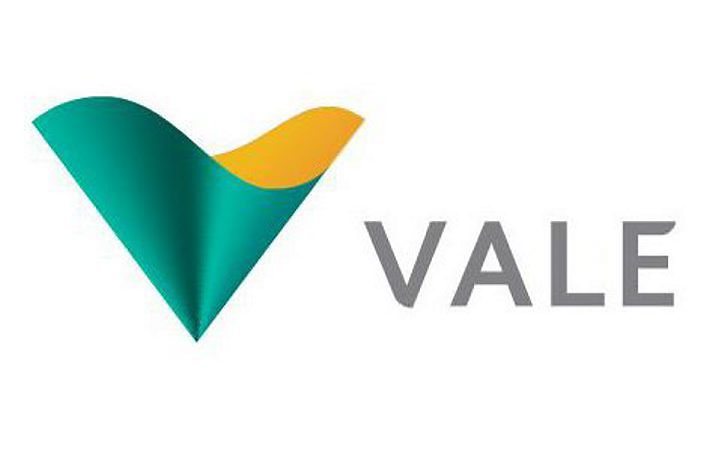
Vale SA (ADR) (NYSE:VALE), a metals and mining company, delivered disappointing financial results for the fourth quarter. Its net loss has widened as a result of different impairment charges. Its top line also suffered a 35.1% drop from the previous year quarter. Sequentially, the company’s revenue fell 9.6% last quarter. As a result, the company’s bottom line fell shy of Street analysts’ expectations. These developments were enough for to drag the stock down over 3% in the pre-market.
Click Here For More Market Exclusive Updates & Analysis
Q4 Loss Widens
Vale reported a net loss of $8.57 billion, which was wider than the net loss of $2.12 billion in the preceding year quarter. The iron ore miner said that a $6.45 billion charge was due to the impairments on assets, investments, and onerous contracts of $9.37 billion. These were partly offset by gains of $5.29 billion from monetary and the foreign exchange fluctuations. Its losses came in at $1.03 billion or 20 cents a share. Street analysts estimated that the company would suffer a loss of only one cent a share.
The company’s top line plunged 35.1% to $5.99 billion from $9.23 billion in the previous year quarter. This was lower than the Street analysts’ expectations of $6.24 billion. The company blamed weaker iron ore prices that dragged its revenue by $739 million and nickel prices were responsible for a $112 million drop in the top line. These were partly compensated by increased sales volume by $325 million.
CAPEX Reduced
In line with market conditions, Vale had no alternatives but to cut down its capital expenditures to $2.19 billion in the fourth quarter from $3.75 billion in the year-ago quarter. That represented a reduction of 41.5% year over year. For the full year 2015, the company reduced its CAPEX by 30% to $8.4 billion from $11.98 billion in 2014. The reduction in capital expenditures indicated the tough market situation and weak price realization. In short, excess supply hurt pricing just as in other commodity markets.
Though Vale witnessed a sequential revenue drop, its costs and expenses fell only 1.2% to $4.595 billion from $4.65 billion in the comparable period. That leaves enough scope for the company to reduce its costs and expenses much further, and perhaps is the silver lining for upcoming earnings.





